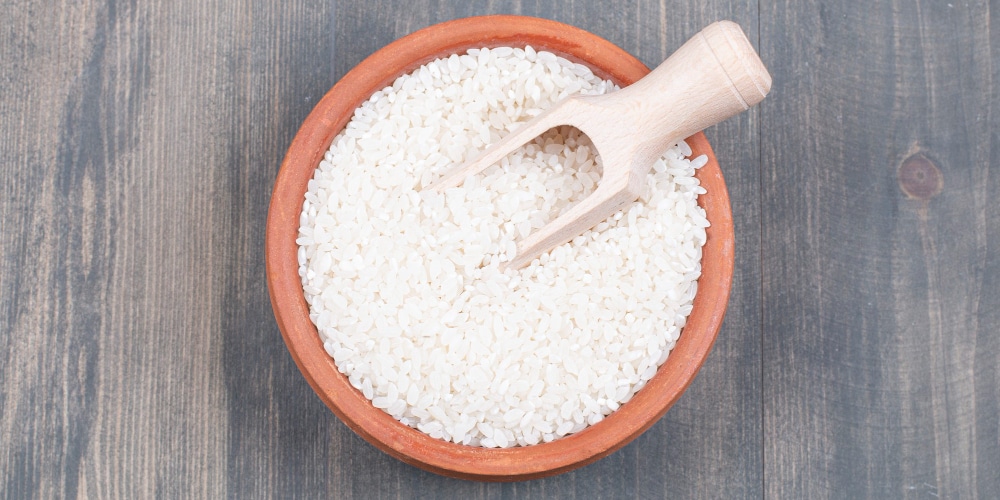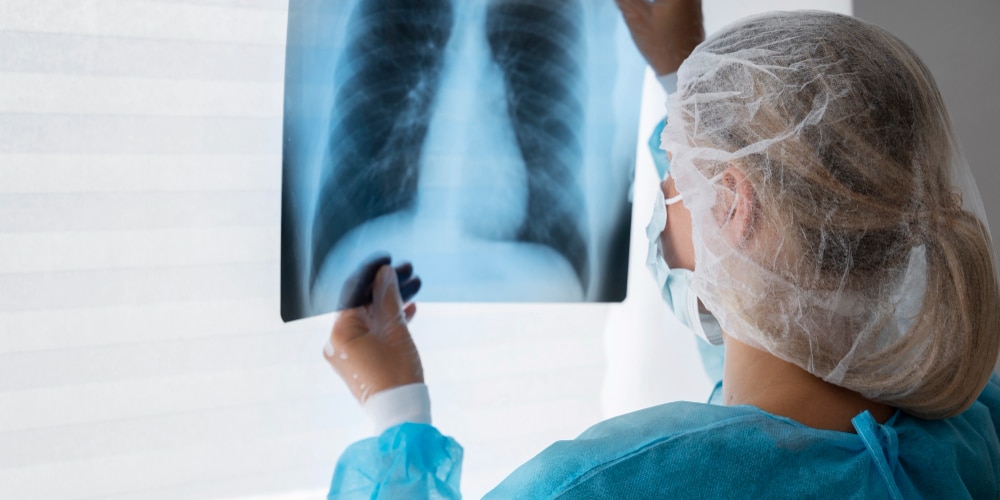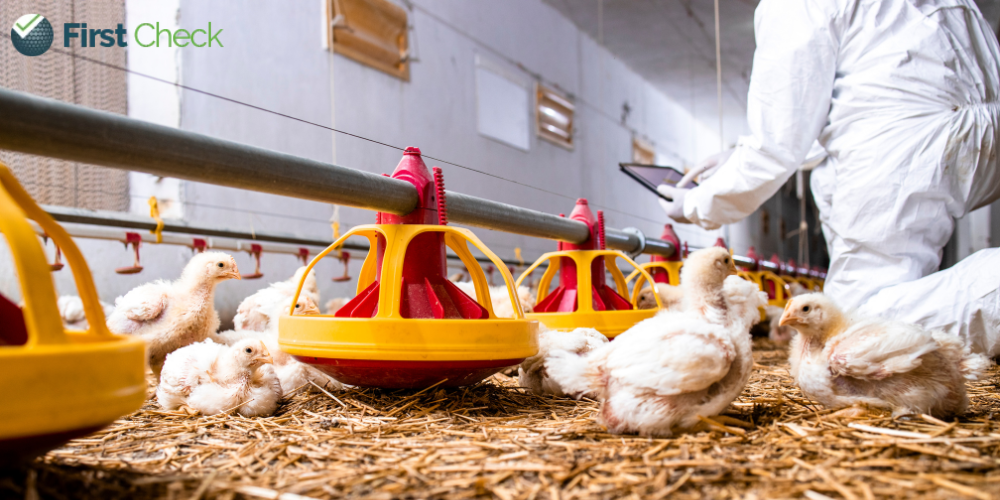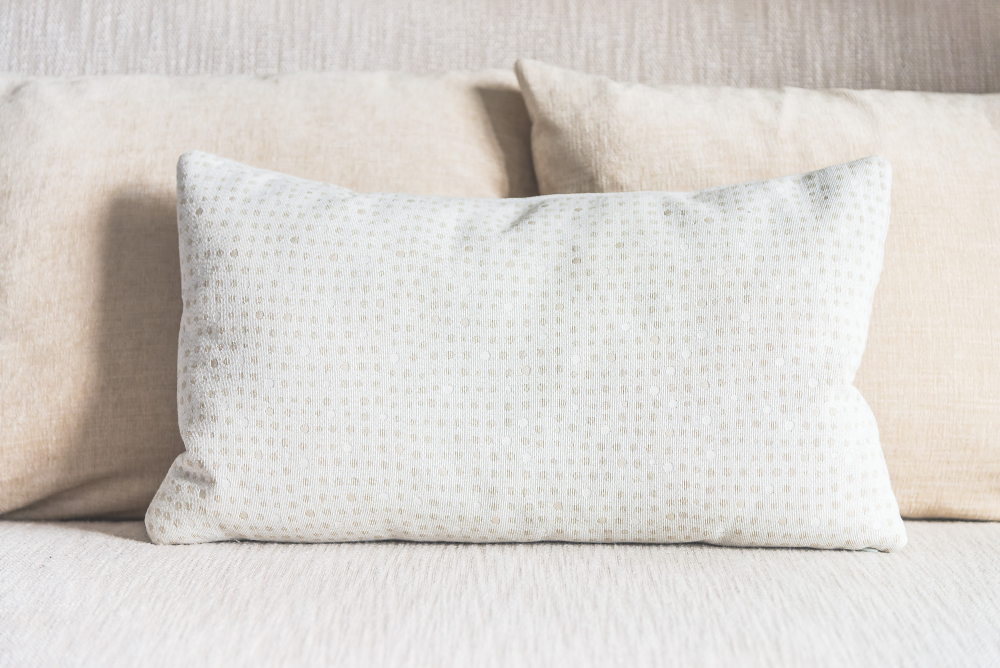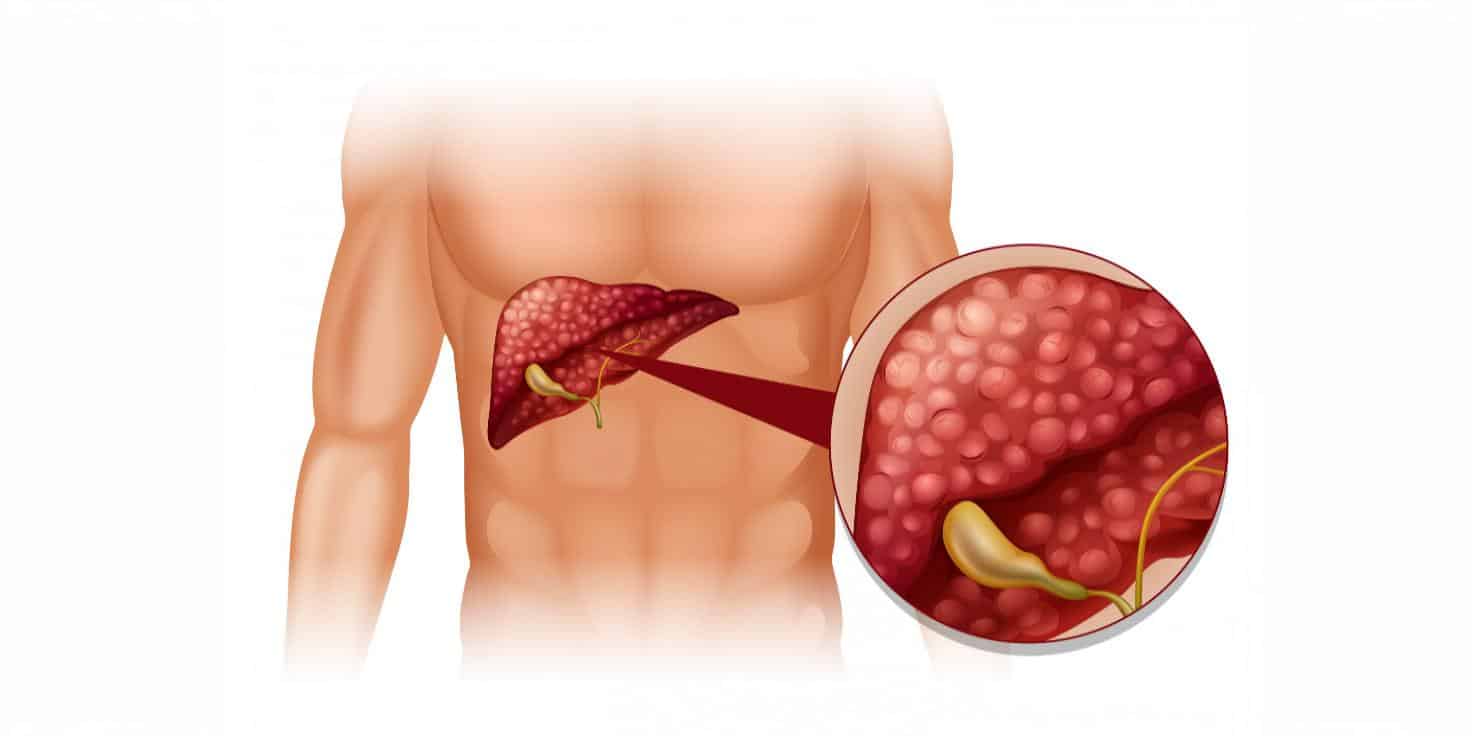Latest
Are escalator rails dirtier than public toilets? The SHOCKING truth about germs on your daily commute
Experts reveal that high-contact surfaces like handrails often contain alarming levels of bacteria, including E. coli and antibiotic-resistant strains
Author
Author
- admin / 2 months

- 0
- 5 min read
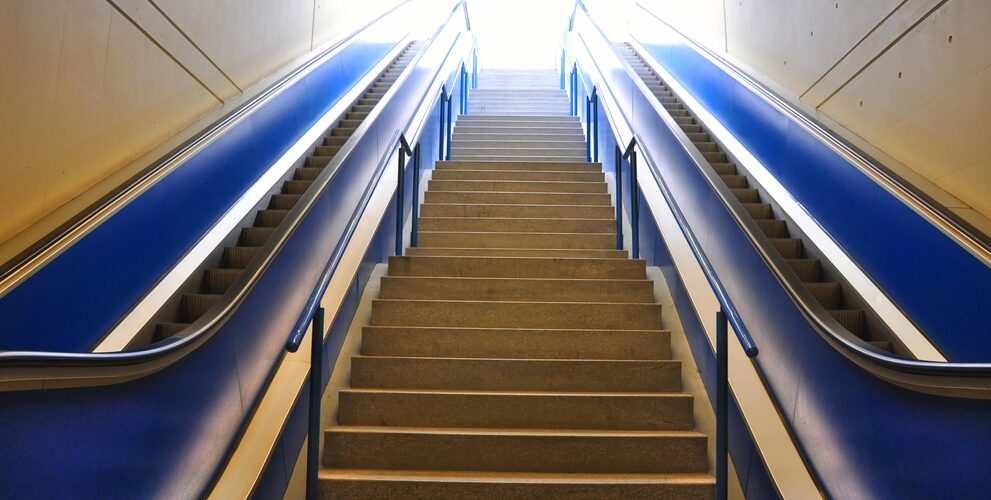
Author
A recent reel by Dr Dana Figura has sparked debate about how unhygienic these rails really are. Dr Figura claims to be a board-certified podiatric physician with 6 years of experience, and her background includes “sports medicine, trauma, elective surgery, wound care, and limb salvage.”
In the video, a woman wipes down an elevator rail with a tissue while Dr Figura narrates: “Honestly, I’d be more worried about an elevator rail than a public toilet. Sounds dramatic, but here’s why it matters. These handrails are touched by thousands of people every day, and most of them haven’t washed their hands after sneezing, eating, or worse.”
She goes on to claim that studies have found traces of E. coli, staph bacteria, and even fecal matter on elevator rails, with one swab test reportedly detecting urine, mucus, and fluid particles on the same spot. Unlike public toilets, she adds, “they’re almost never cleaned.”
So, are the elevator rails more unhygienic than the toilet seat?
When it comes to basic hygiene, it is always important to wash or sanitise your hands after touching high-contact surfaces such as elevator rails, buttons, or handrails. Dr Amit Gupta, Senior Neonatologist & Paediatrician, Motherhood Hospitals, Noida, acknowledged that elevator rails in public spaces such as airports and malls are often contaminated. He explained that “Anyone sneezing, wiping their hands, or wearing dirty clothes can easily contaminate these surfaces.”

A study titled “Bacteriological Analysis of Escalator Handrails and Lift Buttons of Selected Shopping Malls in Lusaka, Zambia: The Public Health Risk Implication” investigated bacterial contamination on escalator handrails and lift buttons. The study found that all 32 samples collected yielded bacteria. A total of 52 bacteria were isolated— more than half of it was E. Coli, followed by coagulase-negative Staphylococcus, Bacillus species, Proteus species and Pseudomonas species. What is worse is that the isolates were resistant to antibiotics, too. All the isolates were resistant to ampicillin. E. coli and Pseudomonas species were resistant to cefotaxime, and Proteus species were resistant to cotrimoxazole.
The study concluded that “escalator handrails and lift buttons may play a role in transmission of drug-resistant bacteria, therefore, creating a public health risk. Hence, there is a need to improve hygiene practices and regulate the use of antibiotics.”
Dr Gupta contrasted this with hospital settings, where strict cleaning protocols are in place. “In hospitals, we make sure the railings are cleaned regularly with disinfectants like Bacillus solutions or phenyl,” he said. He added that most hospitals have dedicated housekeeping staff ensuring that toilets and high-touch surfaces are sanitised around the clock.
However, studies have also found bacterial colonisation of elevator buttons in hospitals. Researchers swabbed 120 elevator buttons and 96 toilet surfaces across three tertiary care hospitals in Toronto, Ontario, during different intervals on weekdays and weekends. The prevalence of bacterial colonization on elevator buttons was found to be 61 per cent, with no significant differences based on button location, day of the week, or panel position. Coagulase-negative staphylococci were the most commonly cultured organisms, while Enterococcus and Pseudomonas species were rare. Overall, elevator buttons had a higher prevalence of colonization than toilet surfaces.
The researchers noted, “Hospital elevator buttons were commonly colonized by bacteria, although most pathogens were not clinically relevant. The risk of pathogen transmission might be reduced by simple countermeasures.”
How do we keep safe?
For public commuters, Dr Gupta suggested caution: “If people cannot avoid touching the railing, they should consider using stairs when safe, or at least minimise contact as much as possible.”
He noted that in public spaces, elevator rails “can be dirtier than the toilet” due to frequent handling by people who may not practice proper hygiene.
Dr Gupta emphasised basic hygiene habits, saying, “If you sneeze, make sure to clean your hands. During visits to malls or other public areas, hands can touch rails and elevators, making them dirty.”
He also advised, “Anyone with a cough or cold should always use a handkerchief or sneeze into their elbow to avoid contaminating others. Before shaking hands, practice good hand hygiene.”
He highlighted the broader importance of self-care: “COVID taught us the importance of personal hygiene, social distancing, hand sanitisation, adequate sleep, a balanced diet, and exposure to sunlight. These simple practices remain crucial for protecting ourselves and others.”
Also read: Fact Check: Can longer toilet breaks lead to piles and infection risks?
